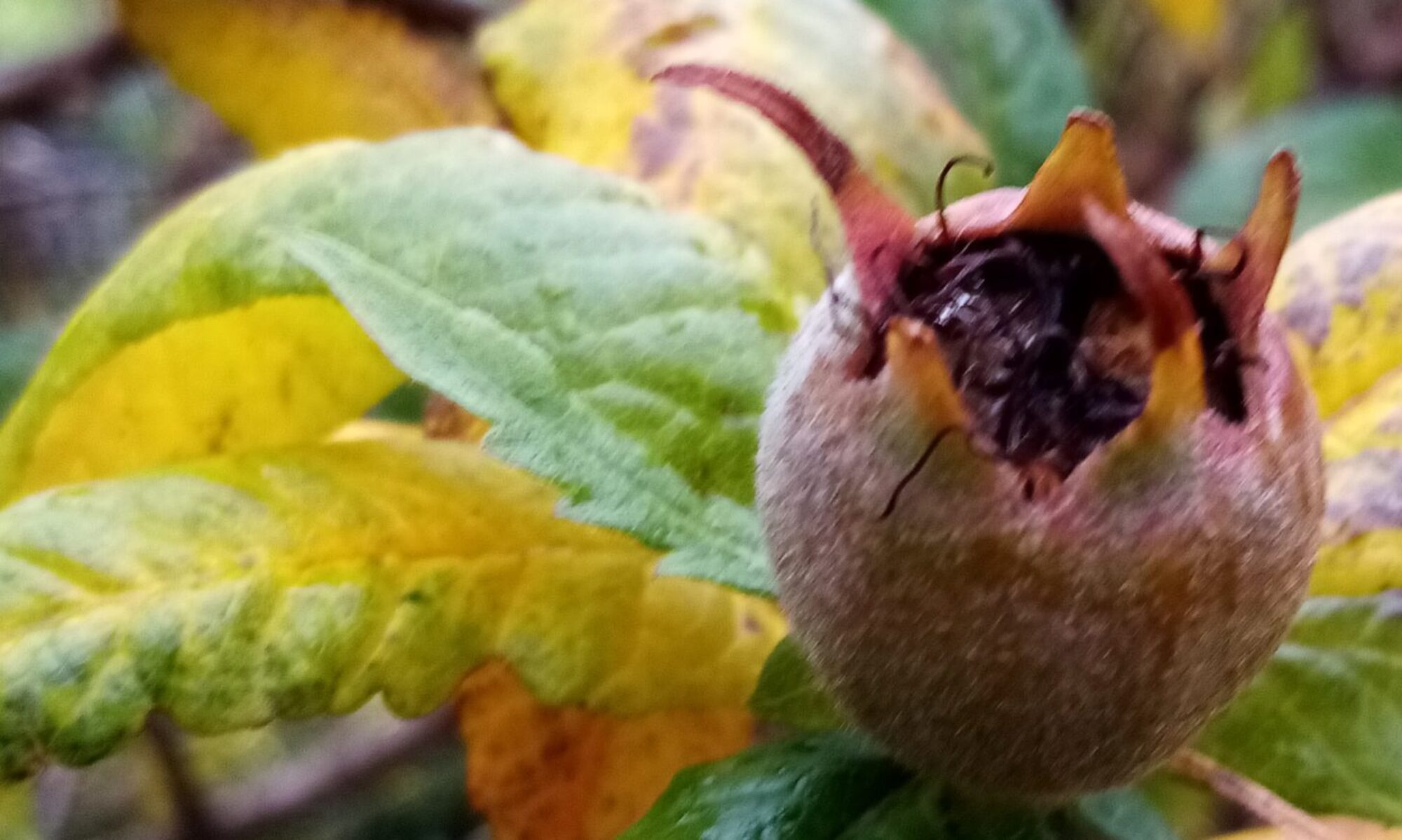Courgettes are incredibly productive plants. In the summer they are one of the first first veg to flower and fruit, and the flowers are awesome in pasta, battered and fried as tempura or as part of a ravioli filler. There are also substitutes for courgettes – tromboncino is a climbing squash which is a perfect alternative, slightly richer flavour and used exactly the same way.
I harvest courgettes small – much smaller than supermarket size, if they are more than 3cm diameter they are too big! But even harvesting small you occasionally miss one and you always end up with more than you can use fresh.
So, what to do? Well if the courgette you miss gets more than 5cm diameter then compost it. You can eat it, sure, but the smaller ones are tastier and you’ll have plenty. Larger courgettes are bland and watery, so make rubbish soup – hence the compost.
For the rest you can make a base soup with them to use in other recipes and store them as blocks in the freezer. If you like you can dehydrate them too – these can be used to thicken sauces, either as slices or (I prefer) crushed. Works well in couscous too or mixed with lentils in curry.
The soup base is simplicity itself – blitz the courgettes in a little water and cook to a thick paste. I don’t add salt or pepper – I do that when I’m using them later – just a basic courgette base. If you have other stock made up (e.g. chicken or partridge) you can use that instead of water and that makes an excellent starting point for a soup. Store them as 250-300ml blocks – it’s a good soup size portion for one or sauce portion for a meal.



